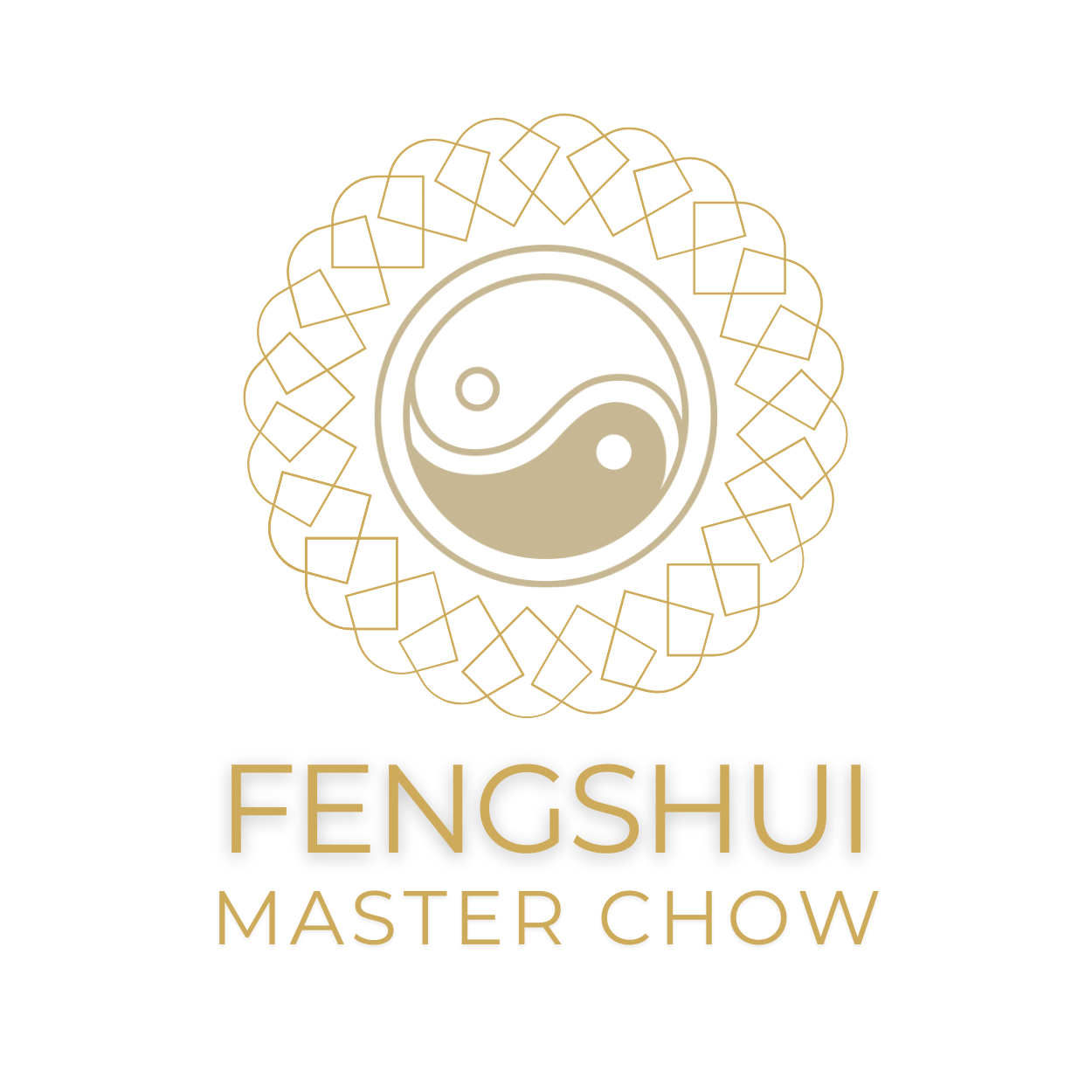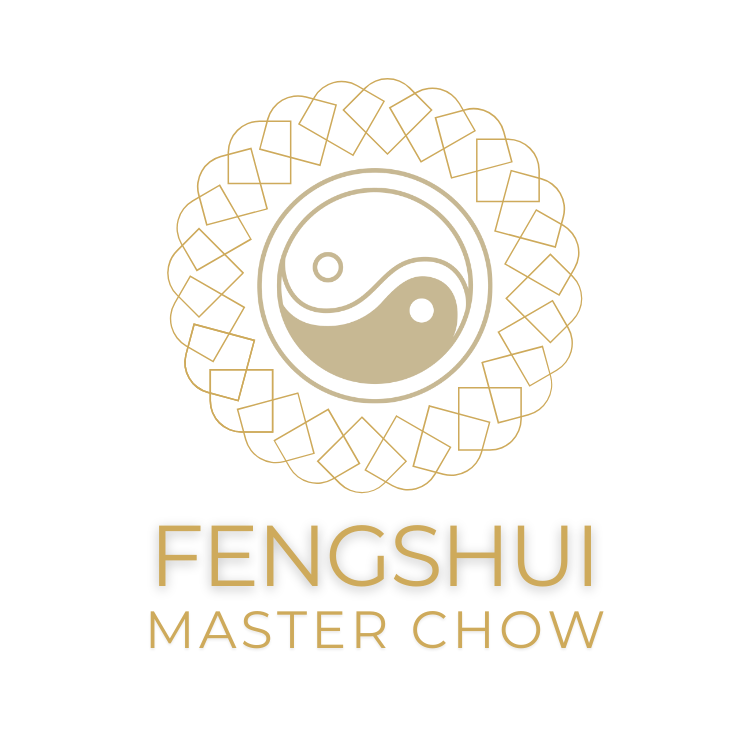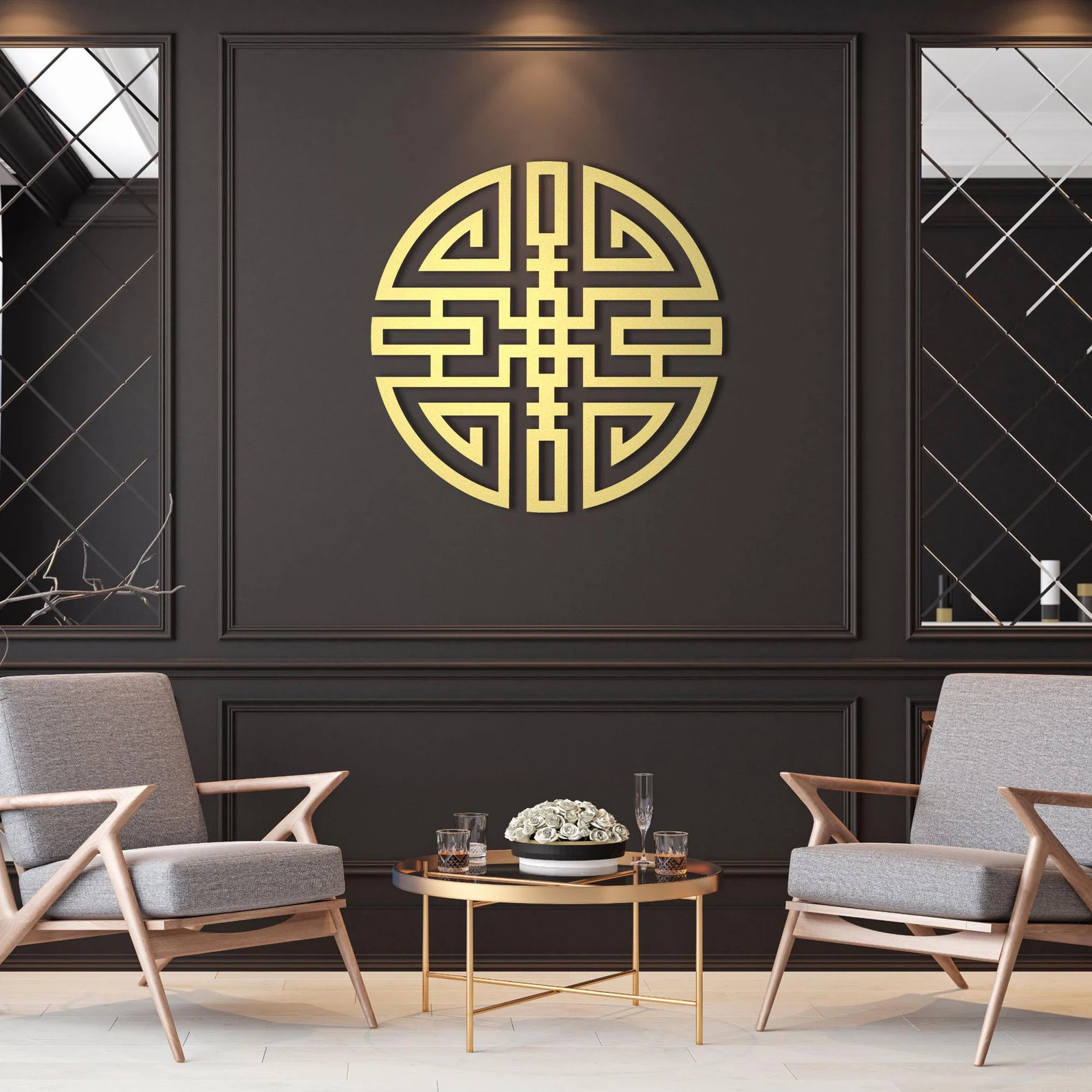What are you looking for?
Search
The Art of Using Feng Shui for Home Decor
Feng Shui is an ancient Chinese practice focused on balancing energy, or “Chi,” within a living space. It is believed that by arranging your home in accordance with Feng Shui principles, you can create an environment that promotes peace, harmony, and prosperity.
Incorporating Feng Shui into your home décor is not just about design—it’s about creating a space that nurtures your well-being. By understanding concepts like the Five Elements and using the Bagua Map, you can optimize the energy flow in your home for greater success and happiness.
This guide explores the key aspects of Feng Shui and how you can apply them in your home to invite positive energy into your life.
1. Introduction to Feng Shui
Feng Shui is based on the idea that our surroundings influence our health, mood, and success. A well-arranged home encourages the free flow of Chi, which enhances physical and mental well-being. Proper Feng Shui focuses on achieving balance through colors, natural elements, and furniture arrangement.
2. The Origins and Philosophy of Feng Shui
Originating over 3,000 years ago in China, Feng Shui is deeply rooted in Taoist philosophy, focusing on harmony with nature. The practice revolves around creating balance in the home, using the Five Elements: Wood, Fire, Earth, Metal, and Water. By balancing these energies, Feng Shui helps optimize your life’s experiences, fostering prosperity, health, and happiness.
3. Understanding the Five Elements
Each of the Five Elements in Feng Shui represents a different aspect of life.
· Wood brings growth and vitality.
· Fire represents energy and passion.
· Earth symbolizes stability and grounding.
· Metal offers clarity and precision.
· Water promotes flow and abundance.
Using these elements thoughtfully in your home can enhance the energy in specific areas, like your career, wealth, or health.
4. The Bagua Map and Its Application
The Bagua Map is a tool used in Feng Shui to map out your living space and identify areas that need attention. It divides a space into nine sections, each related to different aspects of life, such as health, wealth, relationships, and career. By aligning the map with your home’s layout, you can enhance the areas that need energy and balance.
5. Enhancing Positive Energy Flow (Chi)
To encourage the free flow of Chi, it’s important to keep spaces uncluttered and organized. You can enhance the energy in your home by incorporating natural elements like plants, water features, and soft lighting. Regular cleaning and decluttering also help maintain a smooth energy flow, creating a peaceful and productive atmosphere.
6. Daily Practices to Maintain Feng Shui Balance
Small daily actions can help sustain a balanced environment:
· Opening windows to allow fresh air and light.
· Decluttering to remove stagnant energy.
· Using Feng Shui décor items like natural stone statues or plants to enhance specific areas.
· Wearing Feng Shui jewelry like bracelets and necklaces to balance your personal energy.
Conclusion: Embracing Feng Shui in Everyday Life
Feng Shui isn’t just about decoration—it’s about creating an environment that supports your physical, emotional, and spiritual well-being. By integrating Feng Shui principles into your daily life, you can transform your home into a sanctuary that attracts positive energy.
Consider incorporating Feng Shui objects, jewelry, and daily practices into your routine to enhance balance and harmony. Start your journey towards a more peaceful and prosperous home today with thoughtful Feng Shui adjustments.




